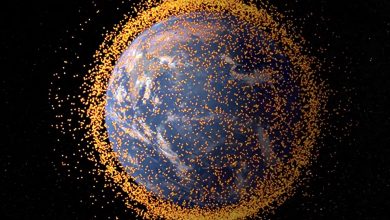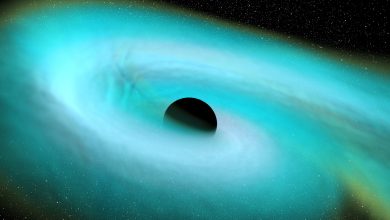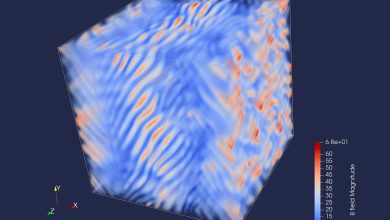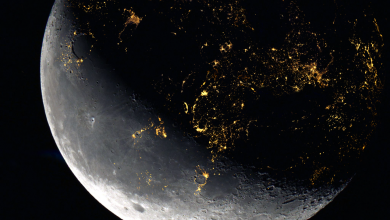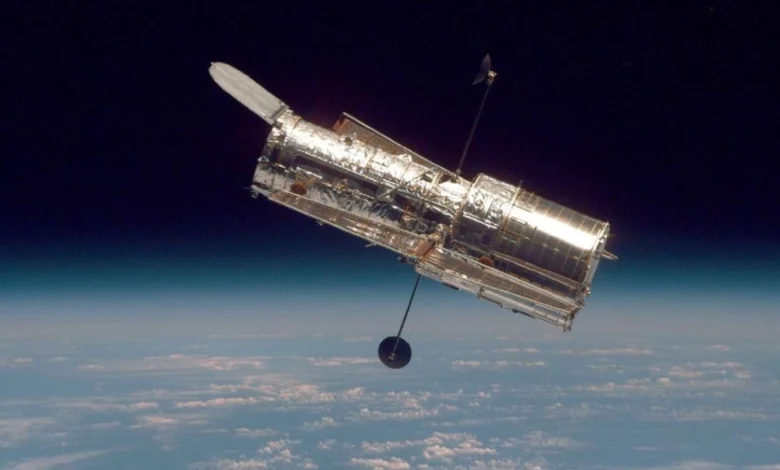
Lead Image: The Hubble Space Telescope. Image Credit: NASA
Thirty-one years after its launch, and 12 years after its most-recent servicing mission, the NASA/ European Space Agency (ESA) Hubble Space Telescope remains in safe mode on orbit as operators work to determine why the iconic observatory ceased science operations at 02:38 EDT on October 25.
The latest safe mode event continues to publicly show the telescope’s age as its systems gradually deteriorate without servicing — all while NASA, ESA, and the Canadian Space Agency (CSA) prepare for the December launch of a successor to Hubble in the James Webb Space Telescope.
The safe mode event on October 25 was preceded on October 23 by a loss of synchronization message regarding timing controls in Hubble’s instruments — a necessity to properly respond to requests and commands.
Controllers reset the instruments, and science operations resumed. However, a second event on October 25 resulted in multiple losses of synchronization messages with the telescope’s command computers, placing its instruments in safe mode.
According to a NASA media release on November 1, “Mission team members are evaluating spacecraft data and system diagrams to better understand the synchronization issue and how to address it. They also are developing and testing procedures to collect additional data from the spacecraft. These activities are expected to take at least one week.”
Despite the telescope’s long history of challenges, Hubble has been a highly rewarding program that has captured the attention of the public in ways other space telescopes have not — in large part due to the stunning images the observatory collects.
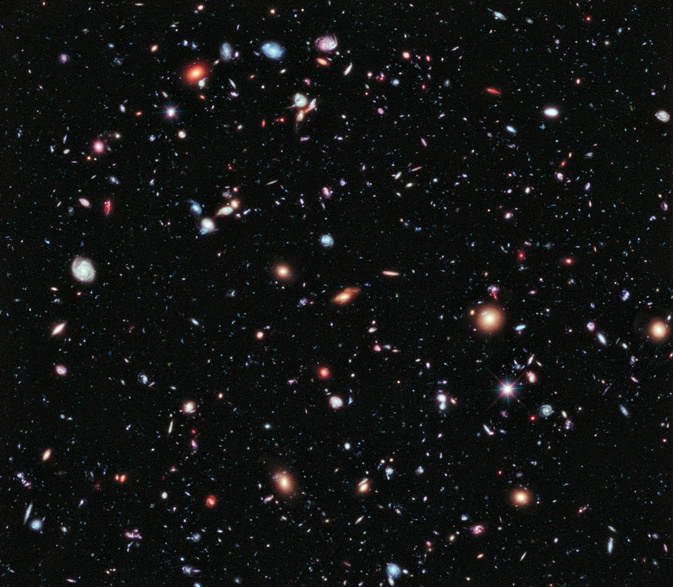
Only a few years after the first servicing mission, between December 18-28, 1995, Hubble produced one of its most iconic images: The Hubble Deep Field (HDF), showing a small region in the constellation Ursa Major that only covers 1:24,000,000 of the sky.
In this tiny fraction of the sky, Hubble revealed 3,000 galaxies, some of these being so far away they still appeared as very young. This provided not only very useful data to study the early days of the universe, but also captured the public’s imagination about the number of galaxies in our universe and the size of space as a whole.
The XDF revealed even more galaxies, showing 5,500 in an area of only 2.3 by 2 arcminutes. Some of the galaxies in the XDF are 13.2 billion years old.
Launched in 1990, the telescope’s past traces its roots to 1946 when Dr. Lyman Spitzer (for whom the Spitzer Space Telescope would ultimately be named) began a concerted push to place a telescope in orbit.
After the successes of the Orbiting Astronomical Observatory 2 and Orbiting Solar Observatory missions, NASA formally committed to a Large Space Telescope (LST) in 1968. The draft idea called for a reflecting telescope with a 3-meter primary mirror to be launched in 1979.
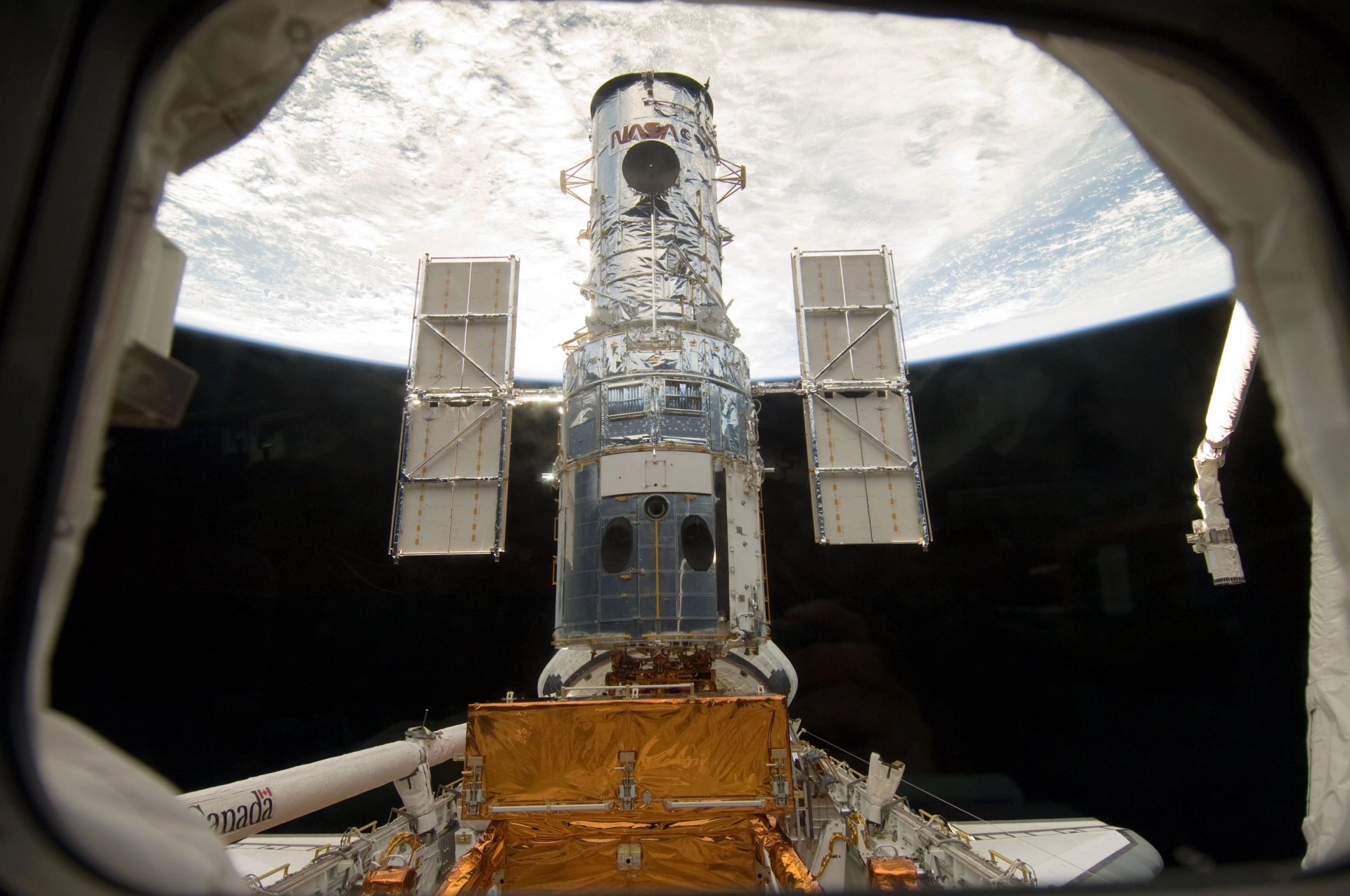
The concept stressed the need for maintenance missions to routinely service the observatory, a capability that would eventually come to pass with the Space Shuttle Program.
This concept faced a skeptical US Congress, however, who quickly decreased funding over the following years before eliminating funding for the LST completely in 1974.
Four years later, Congress restored $38 million in funding to the project, and NASA made a series of changes. The mirror was reduced from 3 meters to 2.4 meters, and ESA was brought into the project to furnish solar cells, a science instrument, and staff, in exchange for a guarantee that European astronomers would receive 15% of the telescope’s observing time.
At this time, the launch was planned for a Shuttle mission in 1983 and the Marshall Space Flight Center was tasked with developing the main telescope while the Goddard Space Flight Center was in charge of developing the science instruments.
By 1979, construction of the flight mirrors began at Perkin-Elmer, the company commissioned to construct the optical tube of the telescope. This choice would ultimately spark a range of issues, and NASA had, from the beginning, schedule, budget, and technology concerns with Perkin-Elmer.
Using special-built machines, polishing of the primary mirror was completed in May 1981 and the mirror itself was finished by the end of the year; however, Perkin-Elmer continued to fall drastically behind schedule. Eventually, the launch was pushed to September 1986.
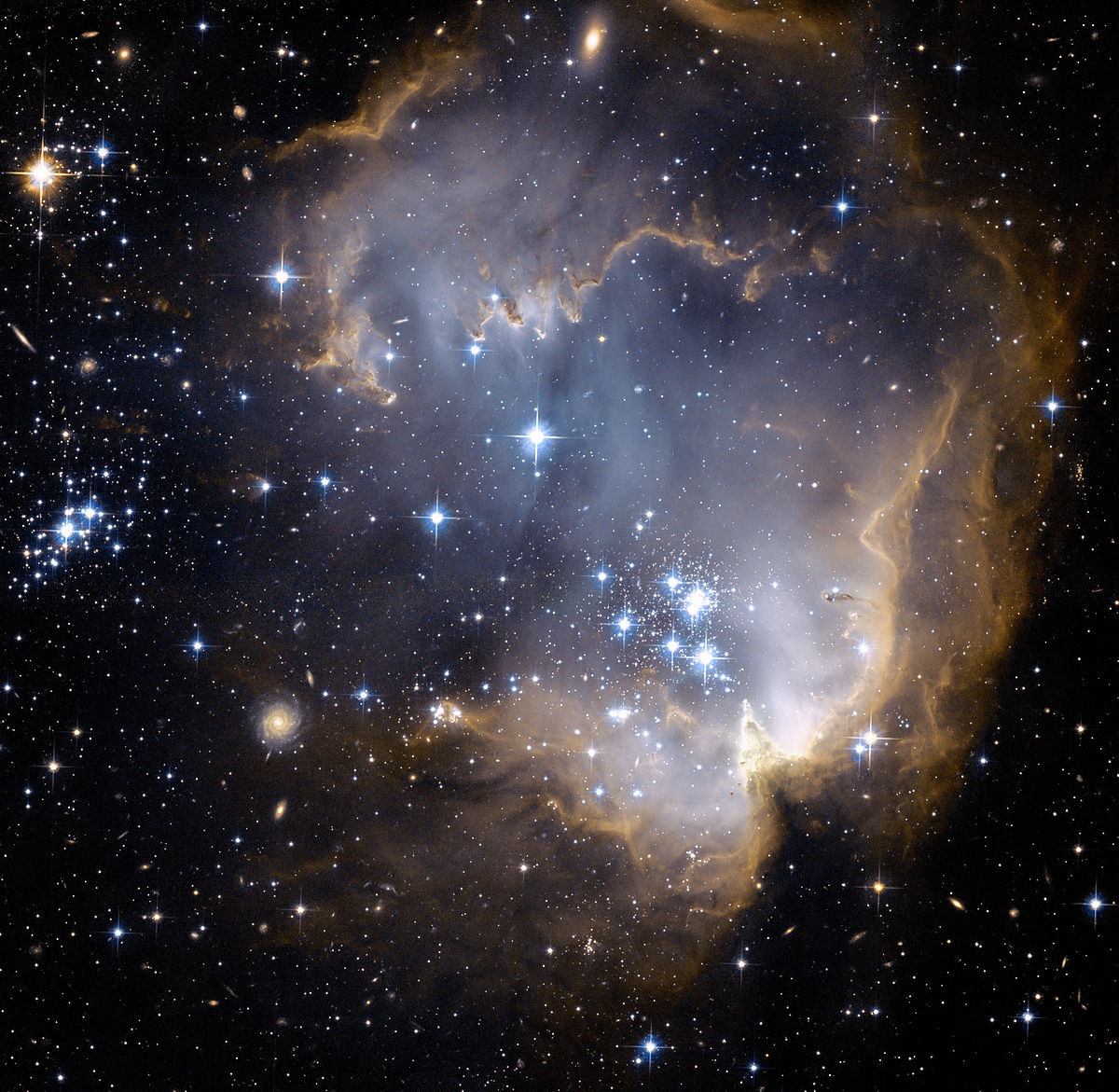
In 1983, the project was given its formal name: the Hubble Space Telescope, in honor of American astronomer Edwin Hubble.
By early January 1986, a launch in October that year looked somewhat promising. By the end of that month, the world of spaceflight was irrevocably changed with the loss of the seven crew members aboard the Shuttle Challenger.
The grounding of the Shuttle fleet until September 1988 resulted in a multi-year delay to Hubble’s launch and the unanticipated need and cost to keep the observatory inspected, cooled, and in a clean environment.
The first launch attempt on April 10, 1990, was stopped at T-4 minutes when an unplanned hold was called for anomalous Auxiliary Power Unit (APU) readings. APU-1 was replaced, and the launch was rescheduled for April 24.
On that day, an unplanned hold at T-31 seconds occurred when a fill and drain valve failed to close automatically and had to be manually closed.
Launch of the Hubble Space Telescope occurred at 12:33:51 UTC on April 24, 1990. Discovery and the mission’s five-member crew then climbed to an altitude of 612 km to deploy the observatory.
However, one of the most infamous errors in history soon presented itself. As Hubble’s teams began activating and testing its instruments, the images returned were not as sharp as expected and were of a lower quality than anticipated.
An investigation showed that Perkin-Elmer had polished the mirror to the wrong shape. At its outer perimeter, the mirror was 1/450 mm (1/11000 of an inch) too flat, producing a spherical aberration that made observations of faint objects essentially impossible.
As NASA worked on a fixed, Hubble was still able to produce valuable science regarding bright objects that could still be observed even with the issue.
To correct the aberration and make Hubble fully operational, NASA quickly eliminated the idea of bringing the telescope back for repair or replacing the main mirror in orbit; however, there was the possibility to correct the spherical aberration during the first planned servicing mission.
NASA designed and built the Corrective Optics Space Telescope Axial Replacement (COSTAR) unit. This would fix Hubble’s vision problem, but to fit COSTAR into the telescope, one of the other instruments had to be removed to provide space. In the end, the High Speed Photometer, designed to measure the brightness and polarity of objects, was removed.
In December 1993, the STS-61 mission flew the first servicing flight to Hubble. It used the Shuttle Endeavour with a crew of seven. Over five back-to-back EVAs (Extravehicular Activities, or spacewalks), the crew replaced the solar panels and drive mechanisms as well as the gyroscopes, two electrical control units, and two magnetometers.
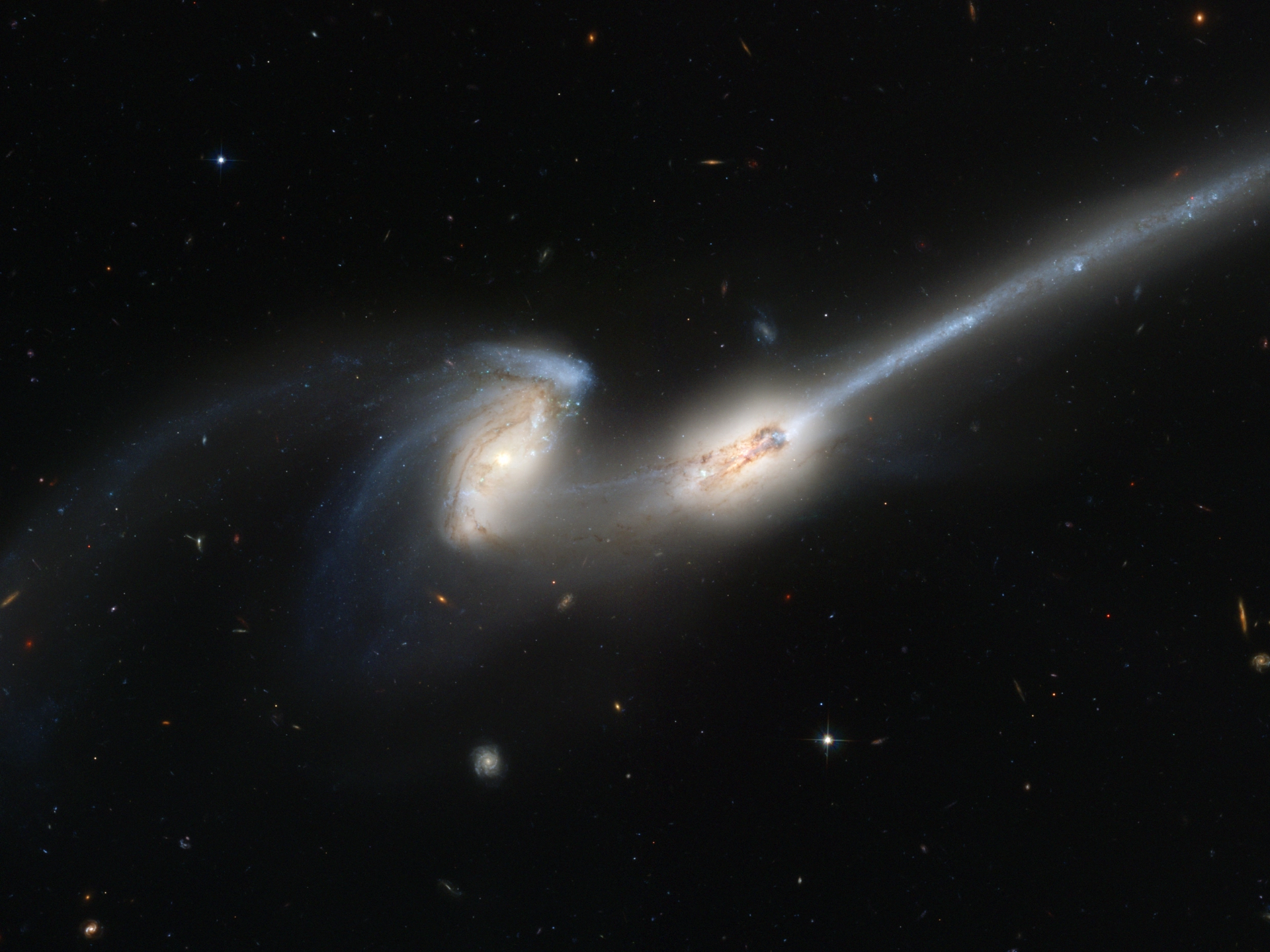
The Wide Field and Planetary Camera instrument was replaced with Wide Field Planetary Camera 2, and the telescope’s computers were upgraded with new coprocessors.
STS-61 was one of the most complex and challenging flights in the Shuttle program. The combined duration of all EVAs was over 30 hours with four different astronauts conducting the five spacewalks to share the load and preparation work for each individual EVA — as the crew did not have a full Hubble model on Earth to learn all of the required steps to repair the telescope so had to train on separate modules.
NASA declared STS-61 a success on January 13, 1994. After the repairs and replacement operations, Hubble was able to produce sharper images and was declared fully operational.
Servicing Mission 1 would be followed by a second, which flew in February 1997. The STS-82 mission replaced the Goddard High-Resolution Spectrograph and Faint Object Spectrograph with the Space Telescope Imaging Spectrograph (STIS) and the Near Infrared and Multi-Object Spectrometer (NICMOS).
The crew also replaced an Engineering and Science Tape recorder with a new Solid State Recorder and repaired thermal insulation on the telescope.
Initially, a third Servicing Mission was not planned for another several years, but when three gyroscopes — used to point and aim the telescope — failed in 1997, 1998, and 1999, respectively, NASA split Servicing Mission 3 into two parts: A and B.
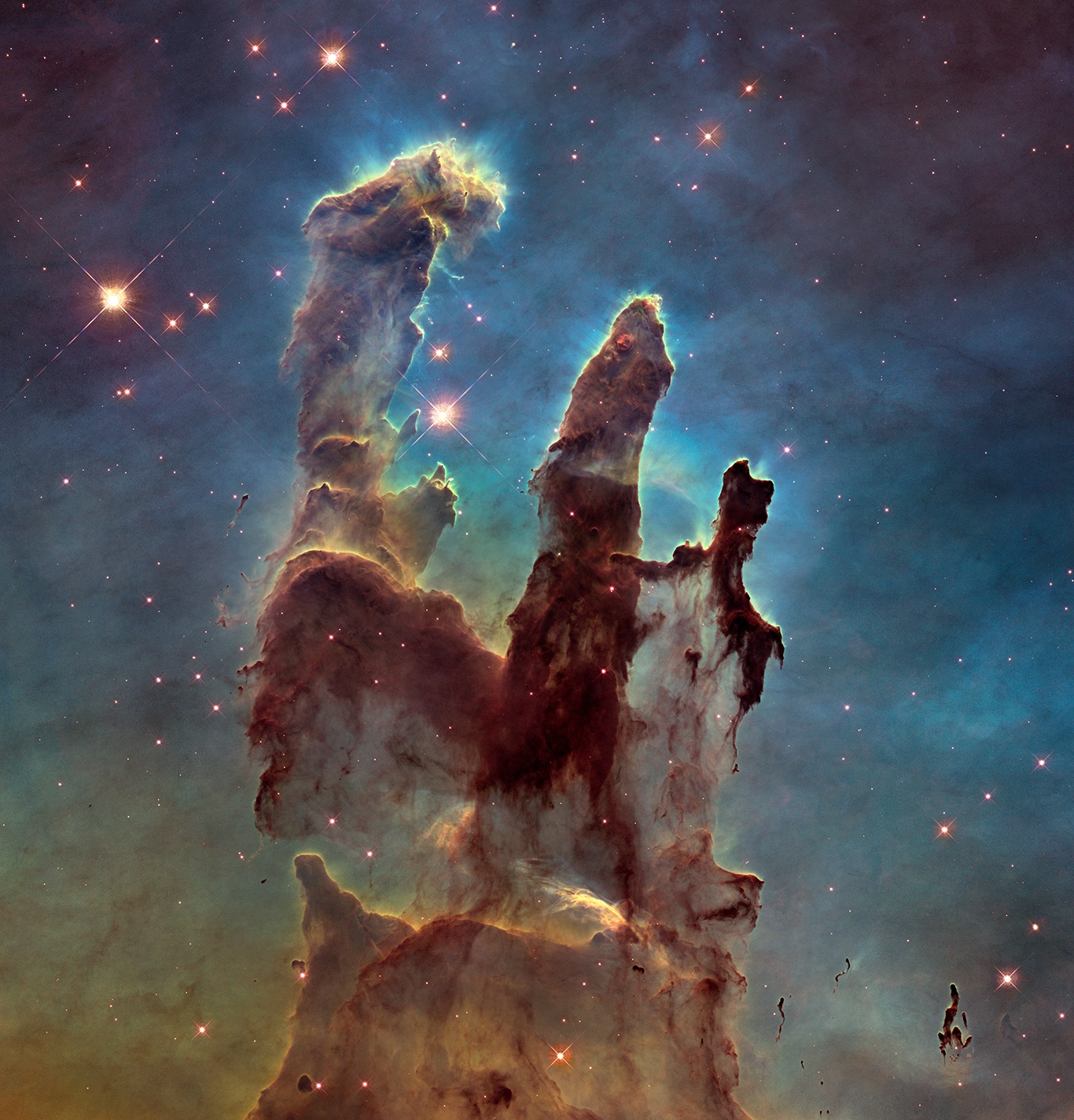
Servicing Mission 3A replaced all six of Hubble’s gyros as well as the observatory’s Fine Guidance Sensor and additional thermal insulation.
Mission 3B followed in March 2002 on the STS-109 mission of the Shuttle Columbia. This flight replaced the last of the initial instruments of Hubble, the Faint Object Camera, with the Advanced Camera for Surveys (ASC).
With ASC, COSTAR was no longer needed as the new instruments added throughout the years had the spherical aberration correction implemented in their construction already. The mission also replaced the second generation solar panels with a third generation.
The next mission would prove to be the last. Originally canceled in the wake of the loss of the seven crew members aboard the Columbia in February 2003, NASA undertook a feasibility study of the mission after criticism from the scientific and political community.
With enhanced safety procedures and a backup Shuttle on the neighboring pad ready to launch to rescue the crew if needed, Servicing Mission 4, the fifth flight to Hubble, lifted off on the STS-125 mission of the Atlantis on May 11, 2009.
With the Shuttle program coming to an end, the goal of Servicing Mission 4 was to complete all work needed for Hubble to serve in the years to come. The Atlantis crew upgraded the telescope’s batteries, replaced all six gyroscopes, installed new scientific instruments with Wide Field Camera 3 and the Cosmic Origins Spectrograph, and also placed a Soft Capture and Rendezvous System outside the observatory to enable possible further work (most likely for controlled deorbit — as planned at the time) in the time after the Space Shuttle was retired.
The mission was a complete success, with every objective accomplished.
Since that last mission, Hubble has shown the wear of its age. But the telescope and people who have operated it and cared for it have more than proven the observatory’s scientific legacy in a variety of areas.
More than 15,000 papers have been published from information gathered by Hubble. It has not only provided important data and discoveries regarding the age of the universe but has also helped us understand more about the expansion of the universe and even about our own solar system.
While not a replacement for Hubble, the James Webb Space Telescope (JWST) will improve upon some — but not all — of Hubble’s abilities.
JWST will peer back even farther than Hubble, to when the first galaxies formed, and be able to study even fainter objects with greater detail. The telescope, like Hubble, has had a fraught and prolonged development and build period, but its scientific returns likewise promise to revolutionize our understanding of the universe.
JWST is currently set to launch no earlier than December 18, 2021, at 07:20 EST (12:20 UTC) on an ESA-provided Ariane 5 rocket from the Guiana Space Center in French Guiana.

